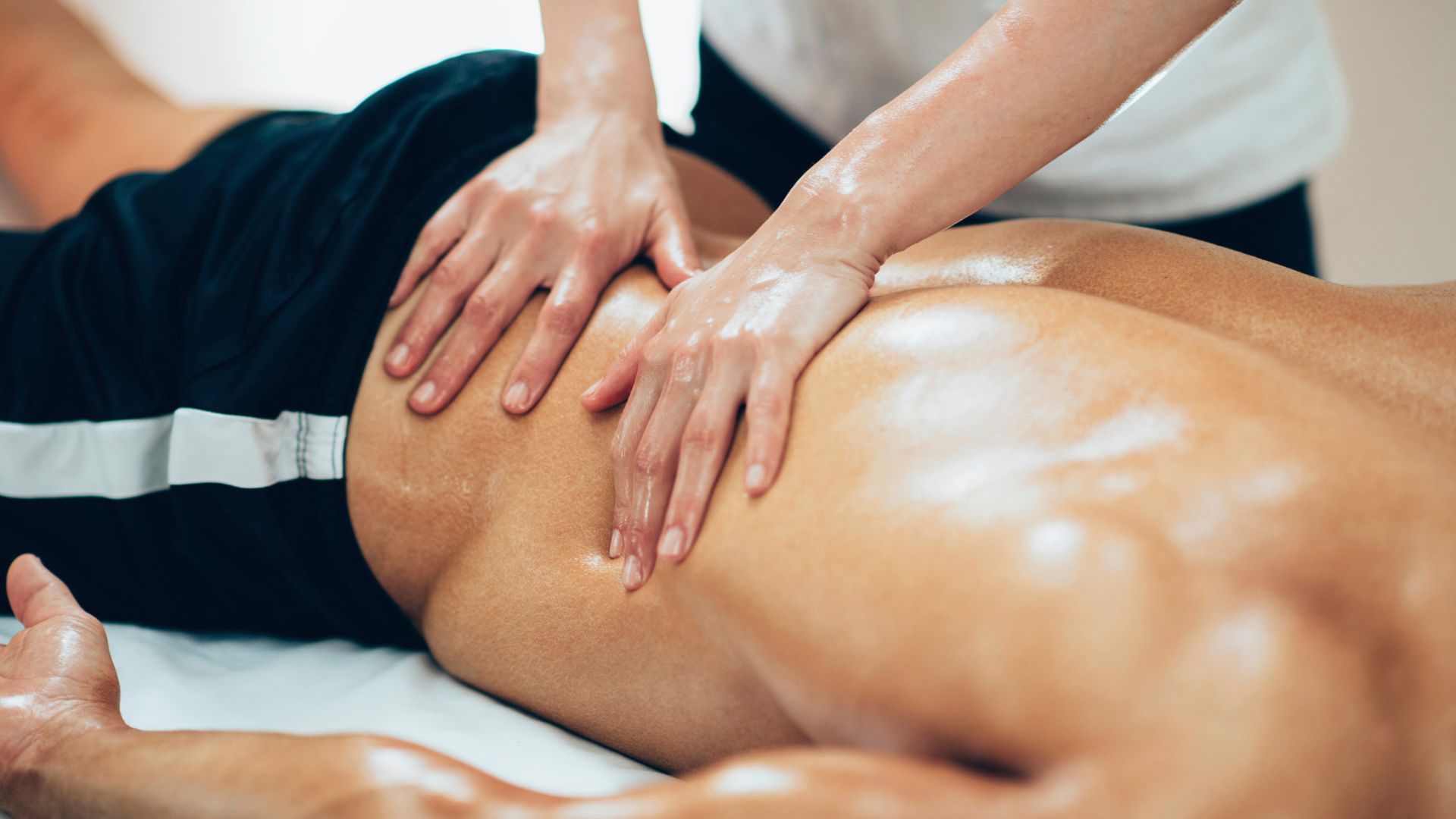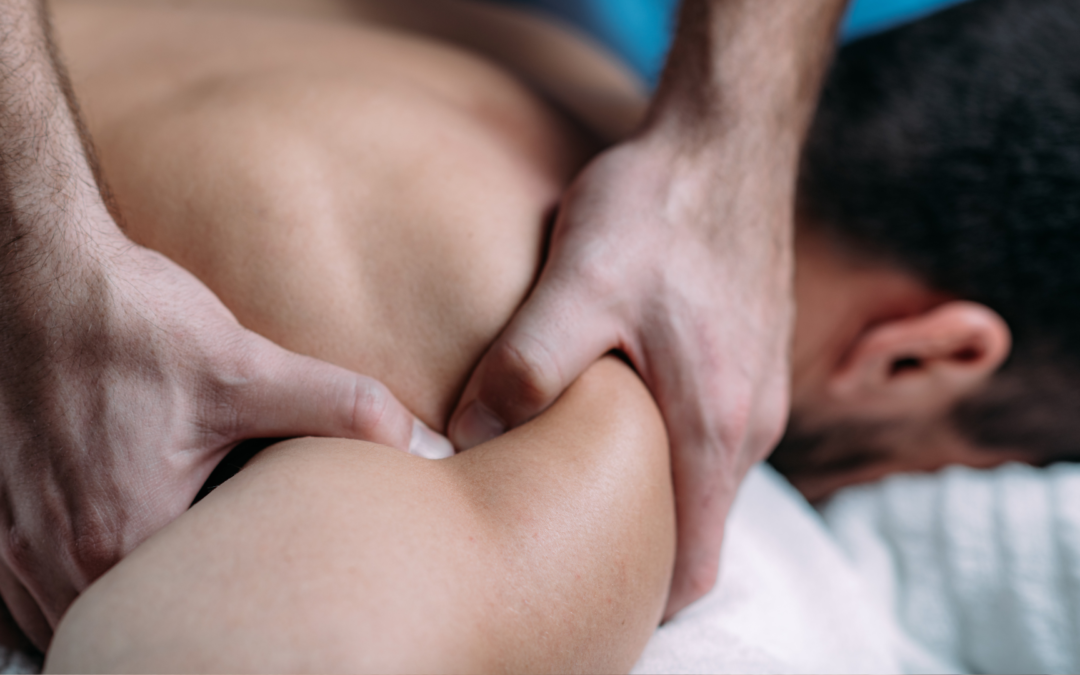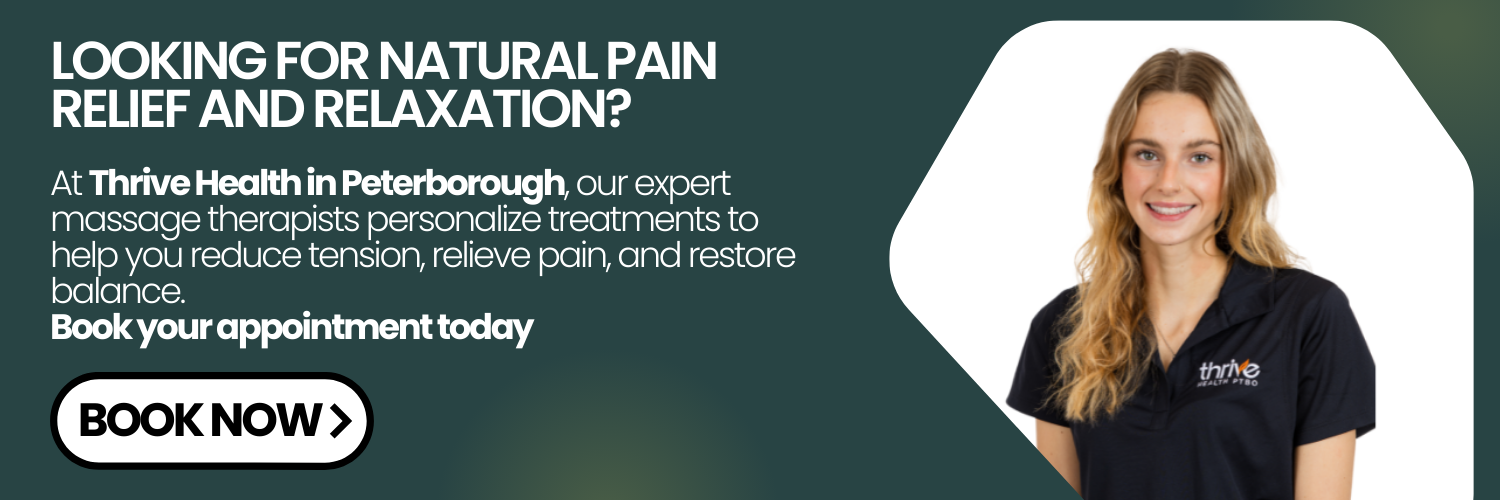Massage therapy is a popular choice for people seeking relief from stress and discomfort. With a variety of techniques like Swedish, deep tissue, and sports massage, it can be tailored to your needs. If you’re looking to ease tension, massage therapy might be a beneficial option for you.
You might wonder how massage helps with pain relief and relaxation. It works by promoting blood flow and releasing tight muscles, which can reduce pain. Many people find that a session leaves them feeling refreshed and more at ease.
Different types of massages offer different benefits. Some focus on relaxing the body, while others target chronic pain or injuries. Exploring these options can help you decide if massage therapy fits your lifestyle and health goals.
Understanding Massage Therapy
Massage therapy offers a range of methods to address physical discomfort and improve relaxation. By exploring major techniques, you can better identify the style that fits your needs.
Major Techniques and Styles
Massage therapy includes techniques like Swedish massage, deep tissue massage, and sports massage. Swedish massage is gentle and helps with relaxation by using long, flowing movements. Deep tissue massage targets deeper layers of muscles to relieve chronic pain and tension.
Sports massage aims to improve performance and prevent injuries. Techniques may include stretching and deep pressure. If you’re looking to relax or address specific health issues, choosing the right style is important.
Determining Your Needs
Identifying your needs is essential before choosing a massage therapy style. If you have chronic pain, deep tissue massage might be beneficial. For muscle recovery after sports, a sports massage could help.
Consult with a licensed therapist to discuss your pain relief goals or relaxation desires. They can tailor the session to suit your specific needs. Always communicate any special concerns or health issues to get the most from your therapy experience.
Benefits of Massage Therapy
Massage therapy offers numerous advantages. It helps with pain relief, reduces stress, and improves blood flow. It can also boost physical performance for many people.
Pain Relief
Massage techniques can target specific muscle groups, providing relief from aches and pains. If you experience muscle tension or chronic pain, massage therapy can be an effective solution. Techniques like deep tissue massage focus on deeper layers of muscle tissue and can help alleviate discomfort.
Trigger point therapy is another method that works on tight muscle fibers, easing the tension they cause. These techniques improve flexibility and mobility, making everyday activities less painful. By regularly incorporating massage into your routine, you may notice a decrease in the frequency and intensity of pain.
Stress Reduction and Relaxation
Massage therapy is a powerful tool for stress reduction. Relaxation therapy during a massage helps calm the mind and refresh your body. Techniques such as Swedish massage use smooth, gliding strokes, encouraging relaxation.
During a session, you may experience improved mood and a sense of peace. This can help reduce anxiety. The calming atmosphere, combined with the therapist’s skillful touch, provides a soothing escape from daily pressures. Regular sessions can lead to long-lasting stress management benefits.
Improved Circulation and Healing

Massage promotes better circulation. Techniques like effleurage use gentle, circular movements to encourage blood flow. Improved circulation delivers more oxygen and nutrients to tissues, aiding in quicker recovery from injuries.
Increased circulation also helps remove waste products from the body, improving overall health. This process can enhance the body’s ability to heal itself, decreasing recovery time after physical strain or injury. As a result, you may find that you heal faster and more efficiently.
Enhanced Physical Performance
For athletes or anyone physically active, massage therapy can boost performance. Techniques such as sports massage focus on preparing muscles for peak performance. They also help in the recovery process, reducing fatigue.
Regular massage sessions may improve muscle flexibility and joint range of motion. This not only enhances physical performance but also lowers the risk of injury. By incorporating massage into your routine, you help your body function more efficiently, allowing you to stay active and healthy.
Preparing for a Massage Session
When getting ready for a massage, it’s important to think about steps both before and after your session. You’ll want to know what to expect during the massage itself, including how to manage your comfort level and what the therapist may do to help you.
Before Your Appointment
If you are a new patient, make sure to drink plenty of water before your session. Staying hydrated can help your muscles be more flexible and reduce the chance of soreness afterward. Wear comfortable clothing that is easy to remove. It’s also a good idea to eat a light meal before the massage. A heavy meal might make you uncomfortable while lying down for an extended period.
Arrive a few minutes early to fill out any necessary paperwork. Some clinics might have forms about your medical history or current pain levels. This information helps your therapist tailor the session to your needs. If you’re unsure about anything, don’t hesitate to ask. Clear communication ensures the best experience.
What to Expect During the Session
Your therapist will first talk with you about any specific areas of pain or tension. They will adjust their techniques to suit your needs. Comfort is key—make sure to speak up if the pressure is too much or if you’re uncomfortable in any way.
You may be asked to undress to your comfort level. It’s perfectly normal to keep on undergarments if it makes you feel better. During the session, you will be covered with a sheet or towel, with only the area being worked on exposed. A calming environment is provided, often with soft music or dim lights.
Aftercare and Follow-up
After your massage, it’s beneficial to drink more water. This helps flush out any toxins released during the massage. Taking time to relax after the session allows your muscles to adjust. You might feel sleepy or deeply relaxed, which is normal.
Pay attention to any advice your therapist gives you post-session. They might suggest stretching exercises or follow-up appointments if necessary. Some discomfort or soreness the next day is common, especially if deep tissue techniques were used. Regular massage sessions could be helpful for ongoing pain relief and stress reduction.
Conclusion
Massage therapy can be an effective way to relax and relieve pain. Different techniques can target specific areas and needs. Common styles include:
- Swedish massage for general relaxation
- Deep tissue massage for deeper muscle relief
- Sports massage perfect for athletes
These techniques are designed to help improve your well-being.
Deciding if massage therapy is right for you depends on your personal health needs. It may help reduce stress, improve circulation, and ease muscle tension.
If you’re in Peterborough, consider visiting us at Thrive Health. Our team can help you explore the benefits of massage therapy.


